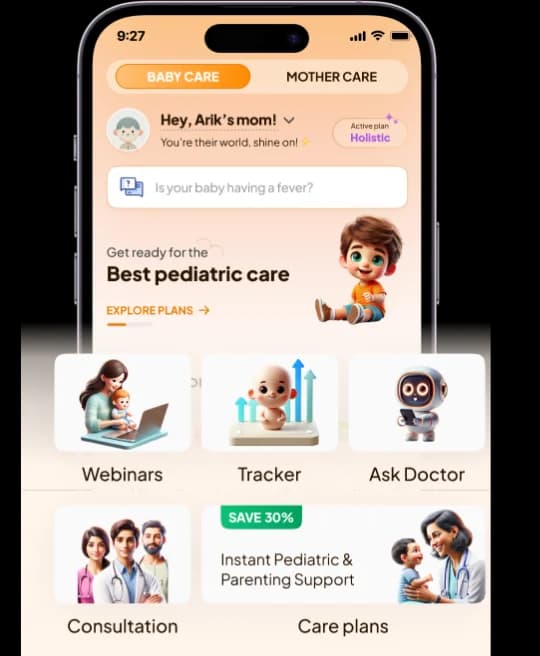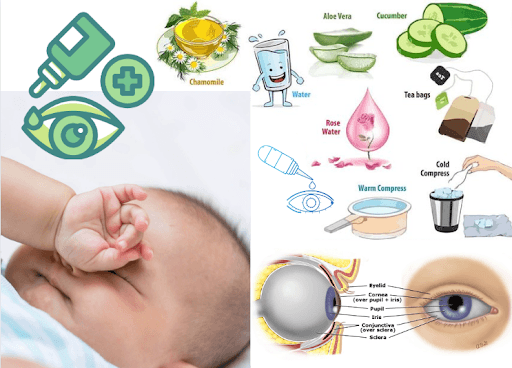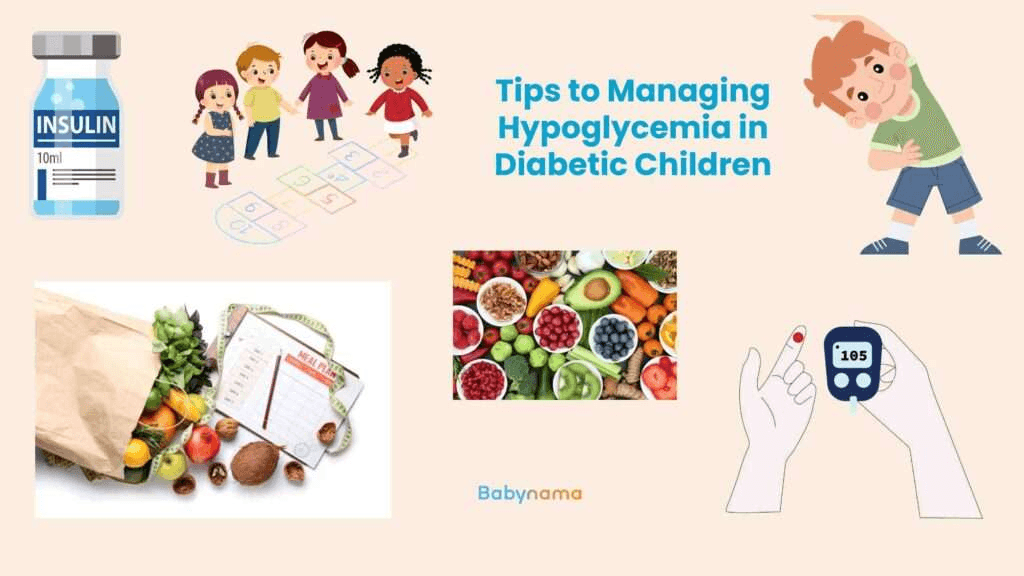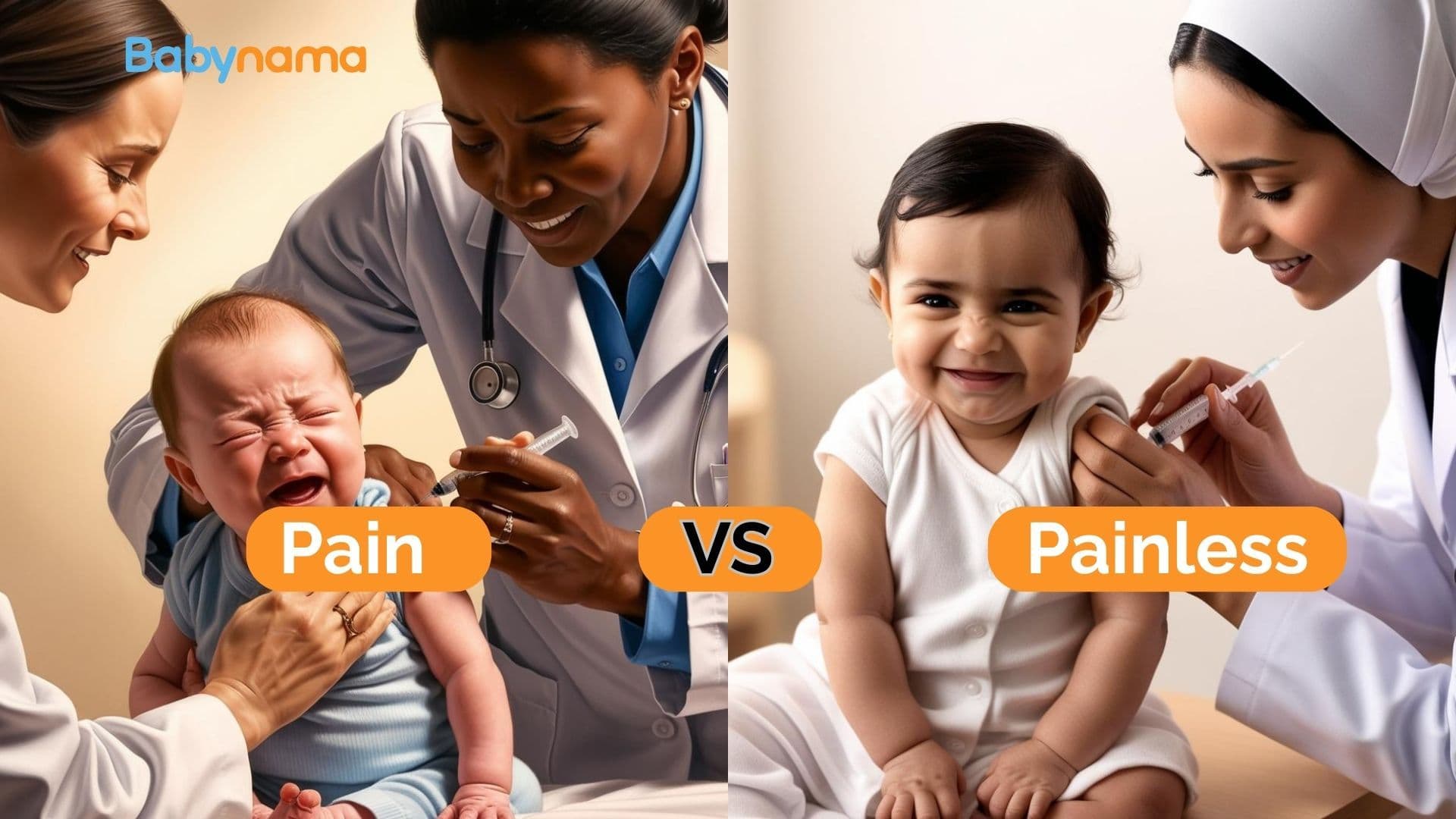
As a new parent, your top priority is ensuring that your child is healthy and happy. However, when your child is diagnosed with paediatric congenital heart disease, it can be a daunting and overwhelming experience. Paediatric congenital heart disease refers to structural problems with the heart that are present at birth.
In this blog, we will discuss everything you need to know about paediatric congenital heart disease and what you can do to support your child through their journey.
What is Paediatric Congenital Heart Disease (PCHD)?
Pediatric Congenital Heart Disease (PCHD) is a structural heart problem present at birth due to abnormal development during fetal growth. It can affect any part of the heart and severity varies from minor to life-threatening. It’s the most common birth defect affecting 1 in 100 babies globally, but early diagnosis and treatment advancements have greatly improved prognosis.
Types of Paediatric Congenital Heart Disease
There are several types of PCHD, ranging from mild to severe. Some common types include:
Atrial septal defect: A hole in the wall that separates the two upper chambers of the heart.
Ventricular septal defect: A hole in the wall that separates the two lower chambers of the heart.
Tetralogy of Fallot: A combination of four heart defects that affect blood flow through the heart.
Transposition of the great arteries: The two main arteries leaving the heart are switched, which can cause oxygen-poor blood to circulate throughout the body.
Coarctation of the aorta: A narrowing of the aorta, which can restrict blood flow to the body.
What Causes PCHD?
The exact cause of PCHD is not always known, but research has identified several risk factors that can increase the likelihood of a baby being born with a heart defect. Some of these risk factors include:
- Genetic factors: Certain types of PCHD can be inherited from one or both parents.






